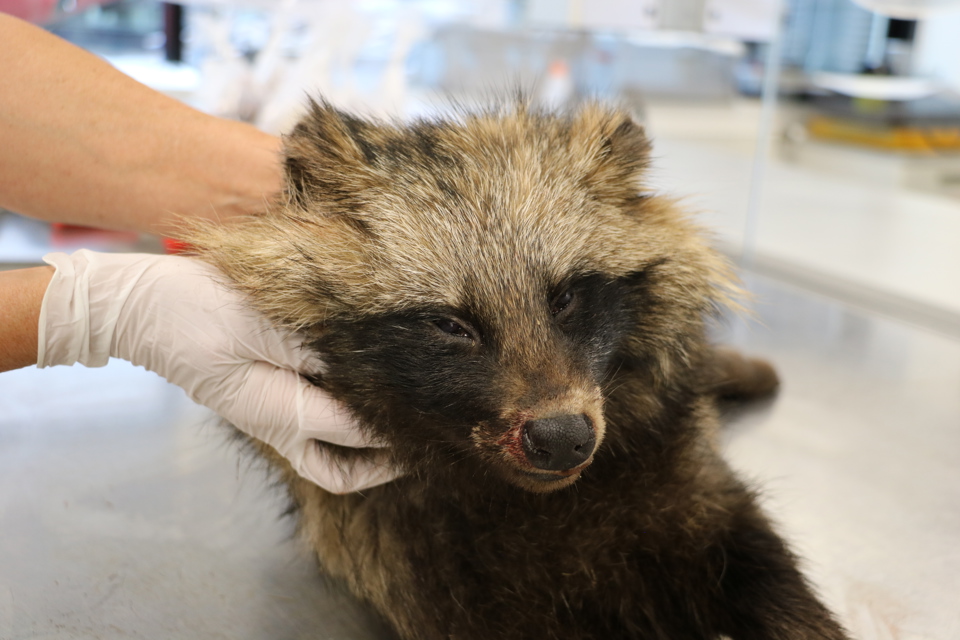Mapping the eating habits of raccoon dogs
In their latest project, the researchers will be examining 500 raccoon dogs from bird protection areas to determine whether raccoon dogs are a threat to ground-nesting birds and other endangered species – a task which involves collaboration with many different groups of people.
“On the one hand is the Ministry, with whom we have regular meetings during the project, and on the other we have all the parties who contribute to the completion of the project: the hunters and Nature Agency employees who bring us the animals, the vets who perform the autopsies, and the lab staff, students and researchers, both here and at our collaboration partner, Center for Diagnostics at DTU, who coordinate, perform and document the analyses,” Sussie Pagh explains. In practice, the researchers will study the stomach contents of raccoon dogs (which contain digested items of e.g. mice, birds, eggs, amphibians and carcasses), first by rinsing and sorting all the contents and then, if need be, DNA testing smaller parts to determine whether they derive from an endangered species.
The project complements earlier studies where Sussie Pagh and her group have charted the eating habits of raccoon dogs in open country as well as their reproductive patterns. “Raccoon dogs have always been seen as an invasive species that should be eradicated. Our project will shed new light on the actual impact they have on our indigenous species and may help the Environmental Protection Agency decide how raccoon dogs should be managed in the future in Danish nature,” Sussie Pagh finishes.
